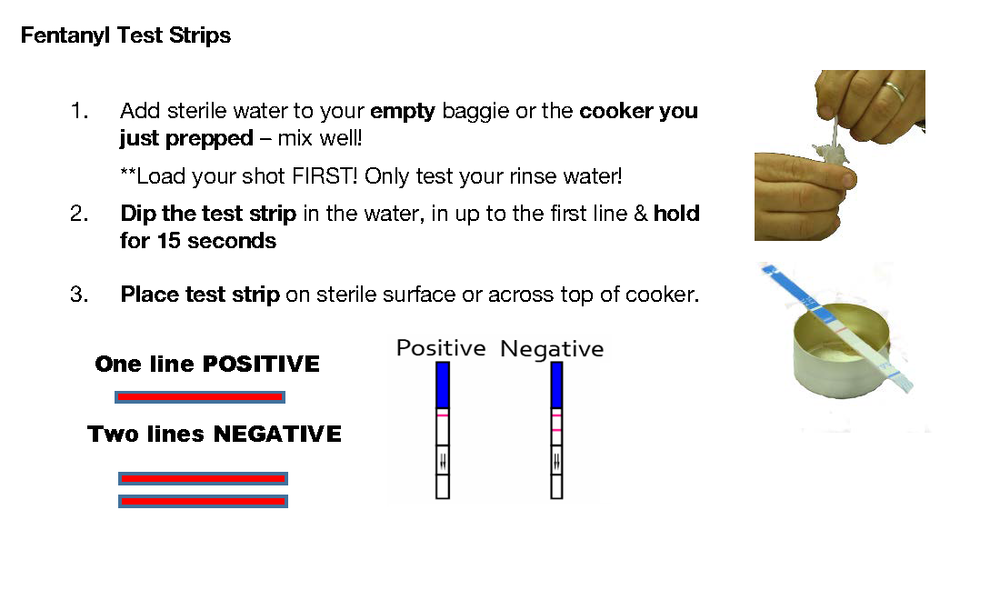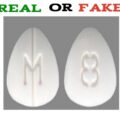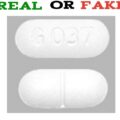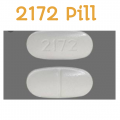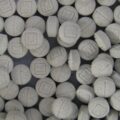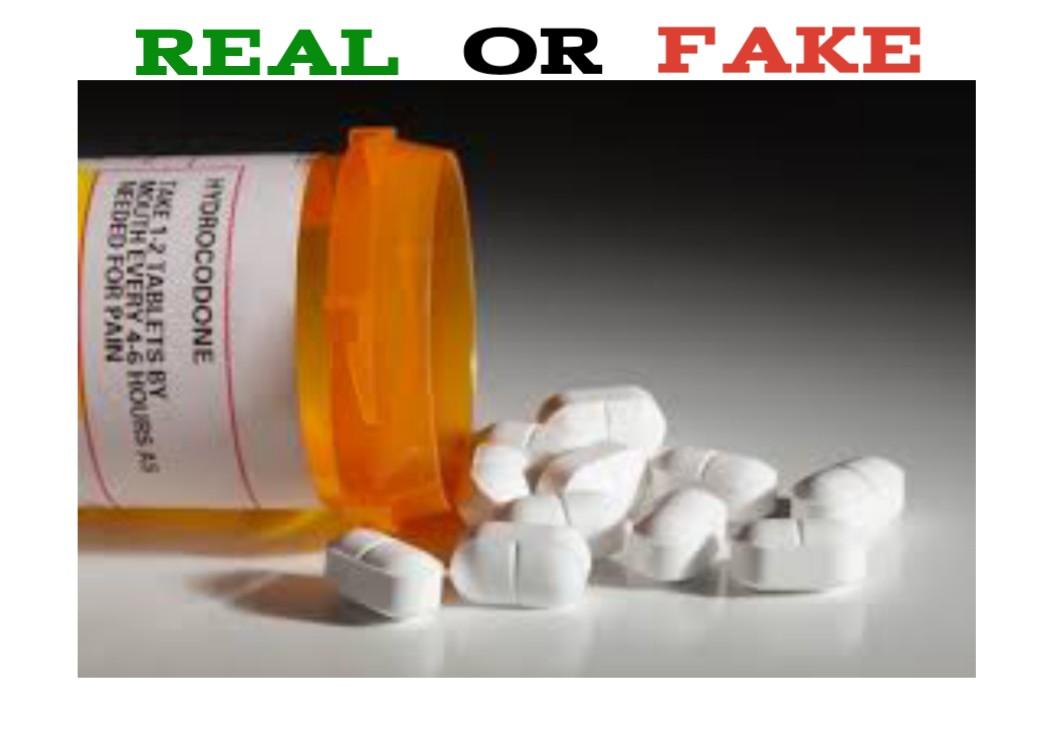
The Drug Enforcement Administration reports that the United States is in the midst of a fentanyl crisis, as traffickers are flooding the drug market with counterfeit prescription drugs containing fentanyl, an extremely powerful opioid. These pills, which look like legitimate prescription pain relievers or sedatives, are causing large numbers of fatal overdoses in many parts of the country. Because of its high potency, fentanyl is deadly in very small doses; it is even hazardous for law enforcement, as a lethal dose can be accidentally inhaled or absorbed through skin contact.
What is Hydrocodone?
Hydrocodone, sold under the brand name Zohydro, Vicodin, Norco, Lortab and others, is an opioid used to treat severe pain of a prolonged duration, if other measures are not sufficient. Hydrocodone was patented in 1923, while the long-acting formulation was approved for medical use in the United States in 2013. It is made from the opium poppy after it has been converted to codeine.
Hydrocodone is most commonly prescribed in the United States, which consumed 99% of the worldwide supply as of 2010. In 2017, it was the 118th most commonly prescribed medication in the United States, with more than six million prescriptions. It is also used as a cough suppressant in adults. It is taken by mouth.
Typically it is sold as the combinations acetaminophen/hydrocodone or ibuprofen/hydrocodone. By itself it is sold in a long-acting formulation. Hydrocodone is believed to work by activating opioid receptors, mainly in the brain and spinal cord. Hydrocodone 10 mg is equivalent to about 10 mg of morphine by mouth.
However, the proliferation of fake hydrocodone on the streets and in genuine medicine supply has become a great source of concern to public health officials world wide as the opioid epidemic spreads .
How can we spot fake medical products?
According to Interpol, counterfeit medicines are often packaged to a high standard with fake pills that look identical to the genuine ones. Sometimes a laboratory test is the only way to identify the difference.
It is essential to take care when buying your medicines, especially online.
Look out for the “six Ps”:
- Place – Never buy medicines from unknown websites or in a marketplace. Buy medicines only from licensed suppliers who display an authenticity certificate. If you are unsure about a supplier’s credentials, check the list of registered dispensaries at your local health regulatory body. This applies to suppliers both online and offline.
- Prescriptions – Only buy medicine that has been prescribed by your doctor or healthcare professional. When buying online, make sure the website requires you to present a prescription. Do not buy from websites that offer prescriptions on the basis of questionnaires or do not have a contactable pharmacist.
- Promises – Be wary of pharmacies that offer “too good to be true” promises. False promises to watch out for are “cures all types” of a major illness, “money-back guarantee”, “no risk” or “limited supply – buy in advance”.
- Price – Check the price against products you usually buy or with reputable providers. If it is substantially cheaper, it is likely to be a fake.
- Privacy – Do not supply any financial information to a website, unless you are sure it has a secure online payment system. The trade in fake medical products has also been linked to credit card fraud and identity theft. Do not reveal any personal information beyond appropriate medical details.
- Product– Compare the medicines against your usual prescription. A medicine is fake if:
- It contains too much, too little or any different ingredients;
- Claims to have different properties or side-effects;
- Has a different shape, size, taste or color;
- Is not correctly labelled or not labelled at all;
- Has an out-of-date or missing expiry date;
- Does not contain information on how to store the medicine;
- The packaging looks poorly constructed or appears to have interfered with;
- There are spelling or grammatical errors on the packaging or instructions.
How to Spot Fake Hydrocodone Containing Fentanyl
Fentanyl is a powerful synthetic opioid that is similar to morphine but is 50 to 100 times more potent. Some drug dealers are mixing fentanyl with counterfeit hydrocodone. This is because it takes very little to produce a high with fentanyl, making it a cheaper option. This is especially risky when people taking drugs don’t realize they might contain fentanyl as a cheap but dangerous additive. They might be taking stronger opioids than their bodies are used to and can be more likely to overdose.
Rapid fentanyl test strips (FTS) represent an emerging harm reduction intervention that may help to prevent unintentional fentanyl exposure and accidental opioid overdose. These tests have the ability to detect the presence of fentanyl and some analogs in drug samples dissolved in water that are believed to be contaminated. Here is how to test it;
Hydrocodone Addiction Warning
However, due to the addictive nature of opioids, regular use of hydrocodone can be habit-forming. Once the body becomes dependent on hydrocodone to feel normal, trying to quit taking them will result in symptoms of withdrawal. In as little as five days of prescribed use, the risk for developing a chronic hydrocodone addiction increases significantly.
Hydrocodone, like other opioids, works by binding to pain receptors (known specifically as mu opioid receptors) in the brain. Once hydrocodone binds to these receptors, pain signals are weakened or blocked entirely. Mu opioid receptors are also responsible for the positive reinforcement aspect of drug-taking. Feel-good sensations of euphoria produced by opioids are likewise introduced here and encourage people to take the drug again. Often, when people try to quit or reduce the amount of hydrocodone they’re taking, they discover how dependent their bodies have become on the painkiller. After repeated use, opioids’ action in the frontal cortex weaken the individual’s ability to control decision-making and regulate mood.
While hydrocodone is typically taken orally, some who abuse the drug crush the pills and either snort or inject the powder. Because most people with a hydrocodone addiction begin by misusing a prescription given to them by their doctor, it can be difficult to see the signs of addiction. Prescription drug abuse involves taking pills more often than prescribed, continuing to take them beyond their prescribed timeframe, and taking them in a way other than how they were intended (such as snorting or injecting them).
Addiction is diagnosed on a spectrum from mild to moderate to severe. Some signs of hydrocodone addiction include taking more than intending to and prioritizing drug use over personal or professional responsibilities. As an individual’s tolerance to the effects of hydrocodone builds, people will need higher doses to keep withdrawal symptoms at bay. To mitigate withdrawal, individuals should treat their hydrocodone addiction through detox and rehab. Read: Percocet 30 mg: Facts, Side Effects, Addiction, How to Spot Fakes


